Filming in Peru with Producer Bruno Canale
Bruno studied music at Berklee College in Boston. He then went to Los Angeles and worked around town in different sound-post studios. People kept asking him about shooting in Peru and eventually he started helping them.
"Soon enough I was involved with Indiana Jones and the Kingdom of the Crystal Skull, as well as TV shows like Jeopardy! I started APU Productions with my wife and we now service commercials, feature films, TV Shows and documentaries."
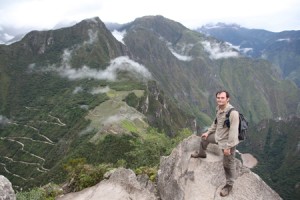 What does Peru have to offer filmmakers?
What does Peru have to offer filmmakers?
Peru has a vast coastline and an eclectic array of locations, from sand deserts and snow-covered mountain peaks through to river valleys and deep jungle.
Its rich history and numerous migrations offer unique locations such as Inca ruins, colonial towns, multi-ethnic talent and a varied cultural heritage.
Standard film equipment is available, as well as good bilingual crews. Specialised equipment has to be brought from abroad. Most people shoot here and go back home for post-production, but some interesting digital intermediate services are available.
What locations are most commonly used by film and TV crews?
Cusco and Puno in the south are popular. Here we find Machu Picchu and other ruins, along with beautiful colonial towns and impressive natural scenery.
 What are the rare, more unusual locations in your region that our readers would not necessarily associate with the region?
What are the rare, more unusual locations in your region that our readers would not necessarily associate with the region?
We have extensive jungle, which is not used enough as a shooting location. We also have extensive sand deserts with oases.
What has been your most difficult location assignment to date and why?
My most difficult assignment was an eight-week shoot for the Discovery Channel which included travelling by land from Bolivia all over Peru and Ecuador. It was difficult because we covered over 30 locations and some had very difficult access. We could be crossing rivers in the middle of the Jungle of Manu and the next day we could be climbing over 15,000-foot passes to remote areas like the Qero Nation community.
When shooting in mountain locations, crews need to acclimatise. It usually takes one or two days to get used to the high altitude.
What types of production do you work on most?
We work mostly on commercials, feature films, TV shows and documentaries. We worked on the biggest Indian film in history called Endhiran, featuring Ashwarya Rai and director S Shankar. We also worked with Gorgeous Entertainment as part of a live streaming for Starbucks, which set a Guinness record for the most nations in an online sing-along. Other recent projects include an episode for HGTV’s House Hunters International and a photo shoot for the clothing brand Anthropologie.
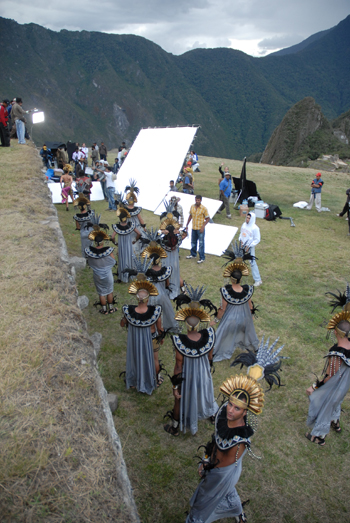 Are there any tips that you would like to share with our audience about filming in your region?
Are there any tips that you would like to share with our audience about filming in your region?
When shooting in mountain locations, crews need to acclimatise. It usually takes one or two days to get used to the high altitude. The first day it is good not to eat heavily at night or drink too much.
Our shooting seasons are basically split in two – dry and rainy seasons. During the dry season (late March through to November) it is best to shoot in the jungle and mountain highlands. During the rainy season (November through to March) it is best to shoot on the coast as it's summertime.
Quick tip: if you need to ship something fast do not use a courier like FedEx or UPS. Goods can be stuck in customs for weeks. It's better to consult with your local fixer so that he can recommend a better way to do it.
Which are the best airports to use to film in your region and who flies there?
The best airport is the Jorge Chavez airport in Lima. There are direct flights from LA, Miami and New York. Peru is not a carnet country so consult with the local producer when dealing with customs clearance. For example, our company has its own customs broker department and we specialise in film production logistics.
What are the most film-crew-friendly hotels and where is your favourite wrap party venue?
I like to stay at the Libertadores and Casa Andina hotel chains. They are very film-friendly and have the best service. A great wrap party location in Cusco would be Fallen Angel restaurant. In Lima a great place is the Lima 27 restaurant.
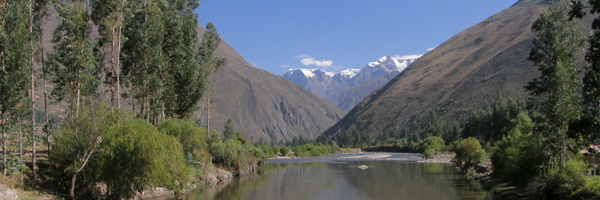 Can you tell us about location insurance and possibly examples of costs in your region?
Can you tell us about location insurance and possibly examples of costs in your region?
We usually get a blanket liability insurance policy from a local insurance broker. The price depends on the size of the production and they are very cost-effective.
What do you do with your time off and what would you recommend crew and cast do to visit, have fun and relax in Peru?
Right now Peru is the up-and-coming capital of Latin American cuisine, so come prepared to eat out as much as you can. Lima has the best restaurants and bars, and Cusco has the right blend of culture and good times out. It's always good to reserve some time after your production to travel inside Peru.
Thank you.
Click here to contact Bruno.
Related Posts
- Filming in Peru with Location Manager Deborah McLauchlan
- Filming on location in Peru and Colombia with Andrea Zarate
- Filming ultra-light on location in Chile and Peru and Bolivia
- APU Productions serviced Netflix’s Chef’s Table in Peru
- Scouting in Western Norway: Where high-tech structures meet epic natural landscapes
- Filming on location in Jackson Hole with Location Manager Ian Gersten
- On location with Karina Moreton, Managing Director of Panoramic Fixers
- High-end TV: How the small screen became big business
Related posts:
Comments
Not Logged in
You must be logged in to post a comment


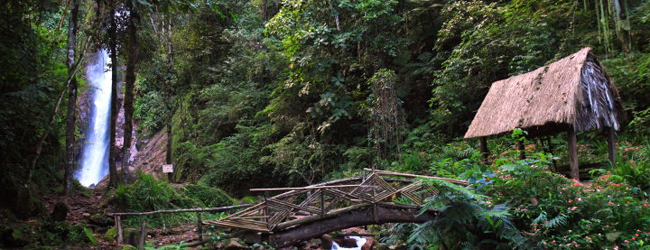
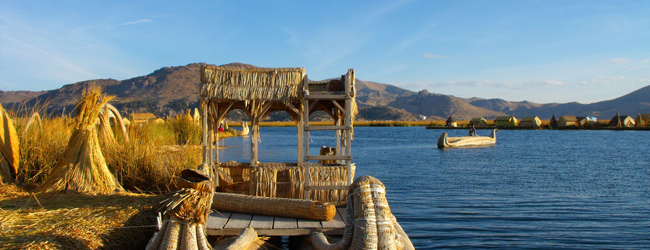



There are no comments